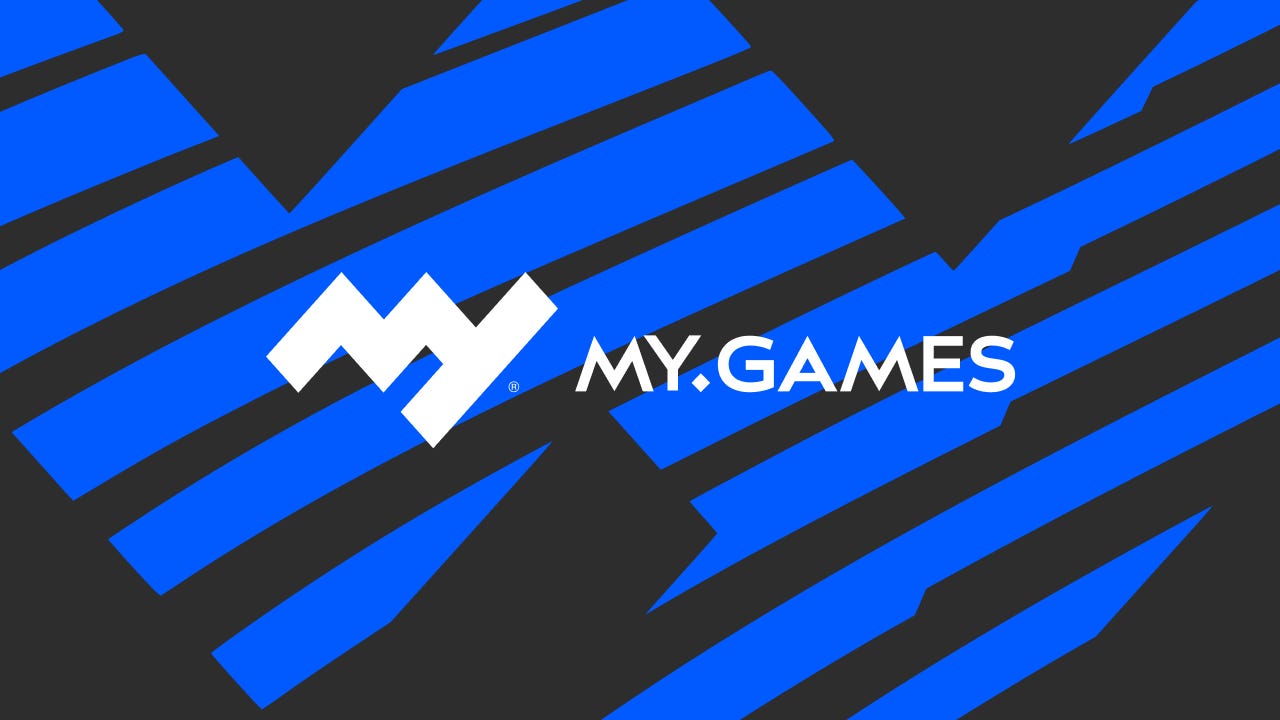www.smithsonianmag.com
You Can Actually Smell the Incense, Rainy Meadows and Musty Cloth in These Pre-Raphaelite PaintingsAt an exhibition in England, curators have placed artworks alongside diffusers that dispense carefully crafted fragrances, which visitors can trigger by pushing a buttonThe Blind Girl,John Everett Millais, 1856 Public domain via Wikimedia CommonsVisitors to a new exhibition in England will not only be able to look upon painted scenes and characters: Theyll be able to smell them, too.Scent and the Art of the Pre-Raphaelites, which is on display at the University of Birminghams Barber Institute of Fine Arts, focuses on paintings made in the 19th and early-20th centuries. These works are part of theAesthetic andpre-Raphaelite movementswhich rejected conventions such asgenre painting and reverence for artists like the Italian Renaissance painterRaphael, opting instead to portray nature and beauty.According to the museum, fragrance was often visually suggested in paintings from these movements, in the form of, for instance, a person smelling flowers or burning incense. Artists included such details to enhance paintings sensory aura, portrayhedonism (the pursuit of pleasure) or evoke particular moods and emotions.Autumn Leaves, John Everett Millais, 1856 Public domain via Wikimedia CommonsWhile pre-Raphaelite painting (in its broadest definition) is beloved for its sensuous beauty, including exquisite colors, textures and allusions to music, the olfactory aspects of these works have long been overlooked, writes exhibition curator Christina Bradstreet, author ofScented Visions: Smell in Art, 1850-1914, on the Barber Institutes website.One common motif in Victorian painting was a subject smelling flowers, Bradstreet adds. For example, an 1864 portrait by George Frederic Watts shows a young woman pressing a red bloom to her face, eyes closed, lost in reverie. Other paintings evoke less pleasant smells, like the burning foliage of John Everett MillaisAutumn Leaves (1856).In the exhibition,two artworks are flanked by diffusers, which visitors can trigger by pressing a button, according to theSpectators Melanie McDonagh. Simeon Solomons portrait of a haloed clergyman,A Saint of the Eastern Church (1868), is accompanied by the fragrance of incense and wood, replicating the scented smoke wafting from the subjects incense burner.Meanwhile, Millais The Blind Girl (1856) depicts a young woman and her younger sister sitting in a lush meadow, two rainbows curved across the sky behind them. Although she is unable to see the stunning environment in which she finds herself, she can still rely on her other senses, including smell, writes Artnets Tim Brinkhof. As such, the painting is accompanied by two diffusers, one evoking the girls clothing and the other their natural surroundings.The Blind Girl is a painting about sight, blindness and spiritual vision, Bradstreet tells theObservers Dalya Alberge. The girls quiet stillness suggests a heightened alertness to the scents and sounds that we imagine coming from the meadow.The Barber Institute collaborated with art curation companyArtphilia and Spanish perfumerPuig, which created the diffusers and scents on display in Scent and the Art of the Pre-Raphaelites. For The Blind Girl, the shows lead work, Puig made two scents.The first captures the rain-soaked pasture, combining the aromas of freshly cut grass, bright spring flowers and other vegetation with those of damp earth and ditch water, as Artphilia founderAntje Kiewell tells the Observer. A second Puig scent aims to bring to life the experience of the younger sibling, with the lower half of her face half-buried in her sisters rain-dampened, musty, yet comforting, shawl.In recent years, other museums have staged similar scent-focused displays. In 2022, Madrids Prado Museum installed floral and vegetal fragrances besideThe Sense of Smell, a 1618 painting by Flemish artistsJan Brueghel the Elder andPeter Paul Rubens. The Prado discovered that while visitors usually spend around 32 seconds before a painting, they remained in front of The Sense of Smell for roughly 13 minutes.Its an experiment to see if scents can bring these paintings to life, enhancing peoples understanding of the painting, Bradstreet tells the Observer. Its not just seeing the visual details. We want people to take a long, slow look at the paintings, smell the scents and perhaps imagine themselves there in the scene.Scent and the Art of the Pre-Raphaelites is on view at the Barber Institute of Fine Arts through January 26, 2025.Get the latest stories in your inbox every weekday.Filed Under: Art, Art History, Artists, Arts, Exhibitions, Exhibits, Fine Arts, Museums, Nose, Painters, Painting, Raphael, Senses, Visual Arts





/https://tf-cmsv2-smithsonianmag-media.s3.amazonaws.com/filer_public/9c/d1/9cd19482-7560-489f-8b71-a913c247f47d/screen_shot_2024-11-25_at_133009.png)
/https://tf-cmsv2-smithsonianmag-media.s3.amazonaws.com/filer_public/d9/ea/d9eadd61-b9a2-4e92-b93a-ee04c50be857/featured.jpg)





